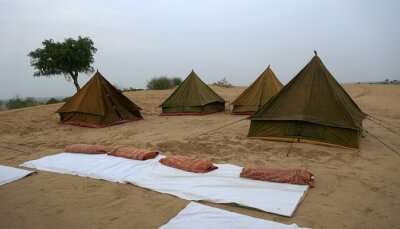Explore The Rich Biodiversity At Sajjangarh Wildlife Sanctuary In 2025
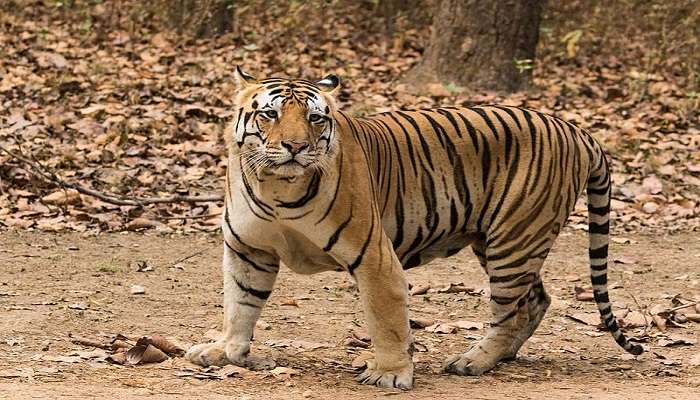
Rajasthan is one of the favourite destinations for trips among Indians and foreigners for its rich culture and heritage, historical monuments, and beautiful scenic views with each site having a special story to tell. With a lot of tourist places that highlight Rajasthan’s fascinating cultures and glorious past, this place attracts a lot of visitors throughout the year. Situated in Udaipur, Sajjangarh Wildlife Sanctuary is a perfect place for leisure, discovery, adventure and peace. You can enhance your connectivity with nature by exploring these forests, watching different species of flora and fauna and witnessing the beauty of nature. Built around 3 decades back, this place is also of historical significance. If you are planning a trip to Rajasthan, this place should definitely be on your itinerary.
Significance Of Sajjangarh Wildlife Sanctuary
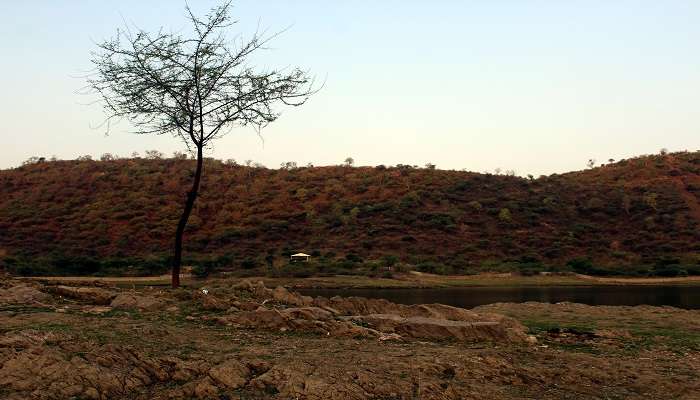
Udaipur is well known for its magnificent temples, hills, forts and palaces. The famous tourist site of Sajjangarh Wildlife Sanctuary is placed around Sajjangarh Palace also known as Monsoon Palace. It was built long back in 1987. The palace and the wildlife sanctuary derive their name from Maharaja Sajjan Singh who played a prominent role in the palace’s construction. This sanctuary is a part of Sajjangarh Palace, also famously known as Monsoon Palace. This wildlife sanctuary, surrounded by green trees from all around, acts as the lungs of Udaipur. It has a wide range of species such as wild boars, zebras, sambar, panthers etc. You can also see a variety of birds and reptiles over here. The location of this place, which is closer to Pichola Lake, enhances its beauty even more. This wildlife sanctuary not only preserves different kinds of animals but plays an essential part in maintaining the ecological balance of the environment.
The rocks of the walls are built with strong materials that protect the animals inside the sanctuary. Jiyan Lake is the artificial lake that supports the sanctuary. Called by other names such as Tiger or Bari Lake, this lake was built by one of the kings of the Mewar dynasty, Maharaja Raj Singh. It has a huge storage capacity and fulfils the lake’s water requirements. What also makes this place special is the laboratory it is meant for researchers, which helps them study various topics, including the environment, plants, and animals.
Must Read: Heritage Sites In Rajasthan
Locations And Best Time to Visit
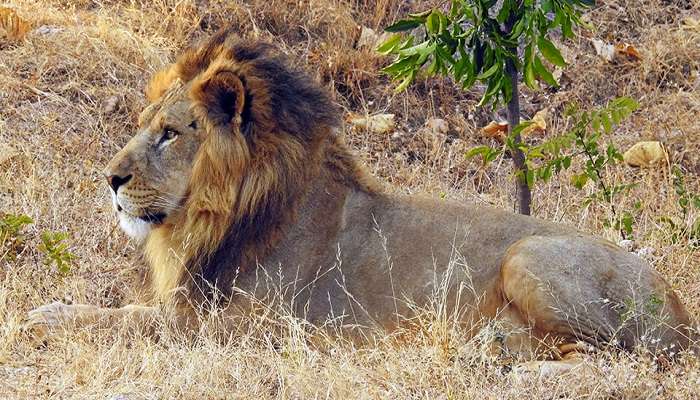
Sajjangarh Wildlife Sanctuary is located in the cultural hub of Rajasthan, Udaipur. The roads provide easy connectivity, making transportation accessible. You can reach this place by road, rail or airways. The nearest airport is Maharana Pratap Airport, approximately 31 kilometres from the sanctuary. If you are travelling to the Sajjangarh Palace, you can visit this sanctuary as it lies at a distance of just 10 kilometres. Many bus services are available. Last but not least, while in the city, you can hire a cab at your convenience.
This sanctuary is open from 10:00 a.m. to 6:00 p.m., but it is closed on Tuesdays and other holidays. Although it is open in all seasons, you can witness its real charm during the monsoons in August and October during the rainy season. The trees look greener, and the place becomes more alive. Early mornings and late afternoons are the best times to click pictures. Winters are also a great time to visit this place and witness the natural beauty of the wildlife.
Entry Fees And Rules
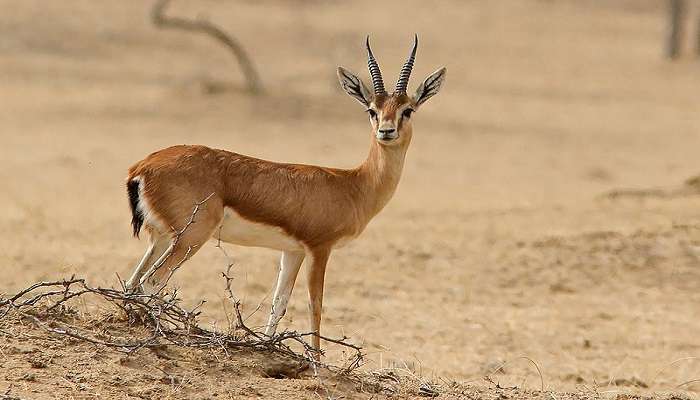
The entry fee for Indians is INR 30, while the fee for foreigners is INR 505. Entry for kids up to 5 years is free of cost. Students can get discounts by showing their ID cards and entering INR 15. There are special fees for golf cars, cameras and video cameras. To take a camera inside, you will have to pay INR 80, and while taking a video camera, you will have to pay INR 200.
Since you would be inside a place with a variety of animals and birds, it is strictly expected that you will act according to the guidelines of that place. The basic rule is, that feeding animals anything from your side, littering around the place, or causing harm or any disturbance to animals is strictly prohibited. Ensuring a safe distance from the animals is necessary, especially for the kids’ safety. Parents travelling with their kids must be vigilant and care for their kids’ safety. Smoking is prohibited inside the sanctuary’s premises to avoid any possible threat from forest fires.
Suggested Read: Places To Visit In Jodhpur For Couples
Activities To Do In Sajjangarh Wildlife Sanctuary
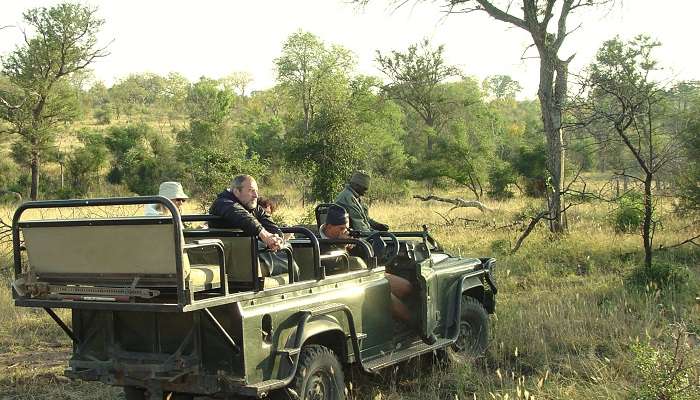
Photography: Visitors can use their cameras to capture the beauty of the place and the scenic view of nature and wildlife.
Trekking: Fun-loving, adventurous people will have a great time trekking here and exploring the flora and fauna more clearly.
Jeep Safari: You can also enjoy the Jungle view and animals closely by taking part in a Jungle safari and feel as if you are actually inside the dense forest.
Exploring Biological Park: Explore the biological park and watch some rare endangered species. Participate in educational programmes and learn more about them and their habitats.
Visiting Nearby Tourist Attractions: While you are here, you can also visit some nearby tourist places such as Lake Pichola, Jag mandir, City Palace, Kumbhalgarh Fort, Shilpgram etc. Get to visit some famous monuments and palaces of Rajasthan and discover a sense of royalty and rich cultural tales about the same.
Further Read: Hidden Treasures of Rajasthan
Rajasthan is a place filled with beautiful culture and heritage reflected in each of the monuments you visit. Be it a family vacation, a trip with friends or a solo trip, Be it a trip for adventure and leisure or peace and spirituality, Rajasthan offers you all these and many more. We provided you with all the details you need to know if you are planning a trip to Sajjangarh Wildlife Sanctuary. Explore more on your next trip to Rajasthan. So, what are you waiting for? Start packing your bags now!
For our editorial codes of conduct and copyright disclaimer, please click here.
Cover Image Source: Rahulsharma photography for Wikipedia
Frequently Asked Questions About Sajjangarh Wildlife Sanctuary
What are some tourist places that I can visit nearby?
While you are here, you can also visit some nearby tourist places such as Lake Pichola, Jag mandir, City Palace, Kumbhalgarh Fort, Shilpgram etc. Get to visit some famous monuments and palaces of Rajasthan and discover a sense of royalty and rich cultural tales about the same.
What is the significance of Sajjangarh Wildlife Sanctuary?
The palace and the wildlife sanctuary derive its name from Maharaja Sajjan Singh who played a prominent role in the construction of the palace. This sanctuary is a part of Sajjangarh Palace which is also famously known as Monsoon Palace. This wildlife sanctuary surrounded by green trees from all around acts as the lungs of Udaipur. This wildlife sanctuary not only preserves different kinds of animals but plays an important part in maintaining the ecological balance of the environment.
How much money do we have to pay to visit this place? Are there any entrance fees?
Yes, there are entrance fees to enter inside. The entry fee for Indians is INR 30, while the fee for foreigners is INR 505. Entry for kids up to 5 years is free of cost. Students can avail of some discounts by showing their student ID cards and getting an entry in INR 15. There are special fees for golf cars, cameras and video cameras. To take a camera inside you will have to pay INR 80 while taking a video camera, you will have to pay INR 200.
Are there any strict rules inside the sanctuary?
Yes, there are certain rules you need to follow. Feeding animals anything from your side, littering around the place, smoking, causing harm or any disturbance to animals is strictly prohibited. Ensuring a safe distance from the animals is a must for everyone.
Which season should I choose to travel, if I want to visit Sajjangarh Wildlife Sanctuary?
Although this place stays open in all seasons, you can witness the real charm of this place in monsoons during the months of August and October during the rainy season. the trees look greener, the place becomes more alive. Early mornings and late afternoons are the best time to click pictures.
People Also Read:
Pushpagiri Wildlife Sanctuary Hastinapur Wildlife Sanctuary Canaima National Park

With a passion for exploring and travelling to the roads long forgotten, experience the world through enthralling stories and adventures. Join me as I share my experiences at some of the world’s most popular tourist destinations and quench that pestering curiosity with something exciting!



